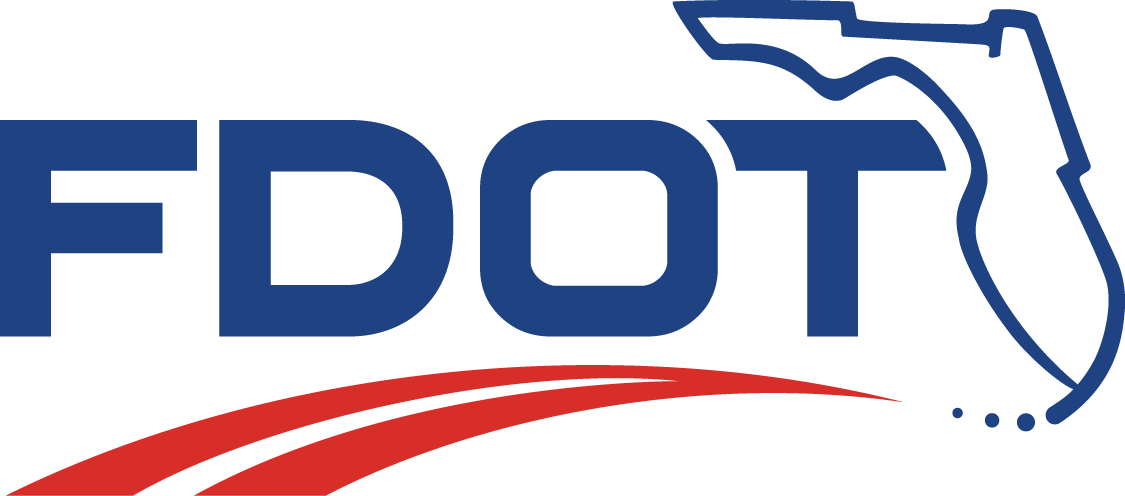Florida Aviation System Plan

Florida Aviation System Plan Introduction Florida’s 129 public-use commercial service and general aviation airports are a cornerstone of the state’s global economy and essential to the safety, resiliency, mobility, and security of residents, visitors,businesses, and the products that fly to, from, and through our state. To ensure Florida’s airports continue to provide a high level of service to all users, the Florida Department of Transportation (FDOT) Aviation and Spaceports Office (ASO), with the assistance of the Continuing Florida Aviation System Planning Process (CFASPP, www.cfaspp.com ), updated the Florida Aviation System Plan (FASP). The development of the FASP is grounded on the framework of the Florida Transportation Plan (FTP) , the statewide plan guiding Florida’s transportation future. The FASP 2035 Update is a long-term strategic planning process designed to comprehensively assess all public-use airports in Florida to understand the relationships between these facilities and their unique users. This integrated study is designed to assess the ability of the existing system to achieve current and anticipated future demands. The FASP 2035 Update is a tool to help FDOT maintain a safe, efficient, and reliable system; identify capacity constraints that are impacting the system’s ability to effectively serve demand; and evaluate future funding decisions by determining the facilities and services that are needed to meet future demand. The FASP 2035 Update offers policy and development recommendations for the continuing improvement of the state aviation system. |
|
The FASP 2035 Update included analyses of the facilities, aviation activities, and future demands specific to the state’s seven FDOT Districts. While the Districts were the focal point of the evaluation, crosswalks were provided to the CFASPP regions and metropolitan areas (MAs). The process encompassed a variety of interrelated technical analyses and tasks to ensure the aviation system continues to effectively serve the needs of businesses, citizens, and visitors – both today and well into the future. |
FASP 2035 Study Process and Stakeholder Involvement The FASP was initiated in 2005 and an interim update was completed in 2012. This previous version, FASP 2025, can be found HERE. Designed in accordance with FAA Advisory Circular (AC) 150/5070-7, The Airport System Planning Process, the FASP 2035 Update reflects the processes, methodologies, and analyses required to produce an aviation system plan that can effectively inform the FDOT AO’s decision-making and funding allocations through the 20-year planning horizon. Stakeholders included representatives of airports throughout the state, metropolitan planning organizations (MPOs), other FDOT modal offices, the FAA, and participants in the CFASPP process. These stakeholders worked with FDOT to:
|
| ||||
FASP Products In addition to the Technical Report, various types of deliverables were developed to communicate the key findings of the FASP 2035 Update to specific audiences. Each deliverable was created to specifically highlight the aspects of the analyses most relevant or applicable to the audience’s interests in the state aviation system. These deliverables include:
|
|
Summary Report The Summary Report provides an abridged version of the Final Technical Report and includes information about the future of aviation in Florida at the statewide and FDOT District levels. This document is tailored to technical and non-technical audiences and provides more detail than the Executive Summary. The Summary Report can be downloaded HERE. The CFASPP Regional Brochures summarize the results of the FASP 2035 Update relative to Florida’s nine CFASPP Regions/Metropolitan Areas (MAs). The deliverables highlight the primary aviation drivers within each CFASPP Region/MA and provide details about the study results applicable to each. The Regional Brochures also present selected airport-specific data, which may be valuable to airports, airport sponsors, and other regional and local aviation stakeholders involved in airport or other planning efforts. The Regional Brochures can be downloaded below. Executive Summary Primers Four Executive Summary Primers present the findings of the FASP 2035 Update most relevant to the following audiences (click on each one to download): The primers consider the needs, interests, and technical familiarity of the target audiences and highlight how the FASP 2035 Update can be leveraged in their own unique planning efforts. Airport Profiles Individual Airport Profiles are 4-page summaries describing the following airport characteristics:
The Airport Profiles can be downloaded HERE . Technical Report The Technical Report includes all working documents related to the development of the FASP 2035. The complete Technical Report can be downloaded HERE . Elements of the Technical Report include (click on each one to download the individual element): | |





